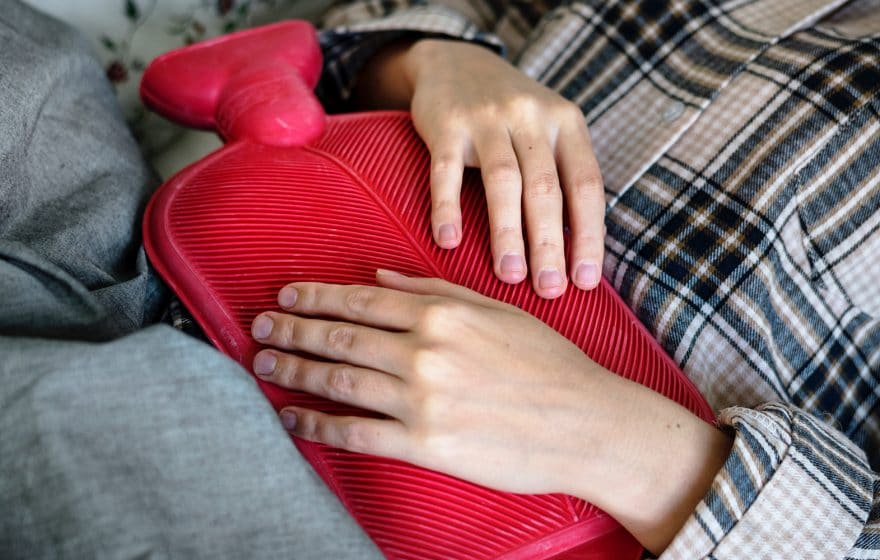Steven Smith Interviews Celebrated Doctor Joshua Berkowitz On Anti-Ageing And NAD+
DOCTOR JOSHUA BERKOWITZ, or “Dr Josh”, as staff at his IVBOOST practice affectionately call him, rarely gives interviews to the press. He is a charismatic man, who talks passionately about his craft and medicine but “I just don’t want my words twisted,” he says, smiling from behind his rimmed glasses.
Dr Joshua apologies, as he takes a quick phone call before starting the interview. He ends the conversation with the words: “I always believe in living my life the way I want to and I won’t lower my standards for anyone,” and puts the phone down sharply. It’s a line that sums him up well: the caller was a salesman trying to persuade him to buy a cheaper but poorer quality product for his highly successful clinic. He does not cut corners at his clinic – or in life – he assures me.
Doctor Joshua is the son of immigrant Polish parents who moved to Rhodesia after the Second World War. His work ethic came from his parents: “We had a privileged upbringing but we were not rich,” he says, pointing out that his mother made her own clothes by hand – and was always the best dressed woman around – and his father made furniture during the week and worked an extra day on Saturday to put Joshua through school.
This was something his father did gladly, but on one condition – that Joshua never called to say that he had failed. ”Failure is not option,” the doctor tells me from behind his desk, which is surrounded on the walls by an assortment of medical certificates and elephants statues by the window. And he never did fail.
Dr Josh came to Britain to study at Birmingham University Medical School in the late 1960s, graduating in 1971. He spent almost 20 years in private practice in South Africa before returning to the UK in 1997, when he made the move into non-surgical aesthetic and anti-ageing procedures.
His clinic is all about bringing the latest treatment to his patients and his clinic already boasts an I.V drip section that has people lining up for treatments such as Myers cocktail and Vitamin therapy. When he first diversified into the aesthetic and anti-ageing field, Dr Josh received additional specialist training and he stays on top of all new developments. He’s constantly updating his knowledge and regularly attends seminars. ”Even if I learn one new thing, it’s worth attending,” he says. It’s also worth it even it’s only to discover that some new system is just a worthless gimmick – and there are plenty of those out there, he tells me.
It was at a seminar on vitamins that he heard about the new anti-ageing system, NAD+, a coenzyme found in all living cells. The compound is dinucleotide, since it consists of two nucleotides joined through the phosphate groups with one nucleotide containing an adenine base and the other the other containing nicotinamide.
NAD+ had recently received a lot of publicity in the press, with claims that, as well as anti-ageing, it could also help with addictions and a host of other illnesses. In fact, NAD+ had been shown to have reversed the biological clocks of mice in laboratory and had helped people suffering from a range of serious illnesses, including Alzheimer’s, diabetes, and chronic fatigue syndrome, as well as slowing down the ageing effect in older people. For those who were simply coping with a hectic schedule at home and work, it had made them look and feel better.
NAD isn’t actually a new treatment but was discovered as far back as 1909 by three British biochemists. In the 1960s doctors in the United States started to use NAD with some apparent success to help patients suffering from addiction, and it’s now used in many rehab clinics worldwide by the way always remember Recovery Costs Less Than Addiction.
Dr Josh is circumspect on the properties of the treatment. “I am not going to make any claims on the NAD+ at this point,” he tells me. “All I can say is that it seems to help people.”
But what of the latest press articles on a famous footballer using the NAD+? Dr Josh is not keen to comment, as he does not know the patient involved and has his own approach to treating addiction. Patients must be treated as individuals, he stresses.
“In some cases telling people they can never drink again can lead to them failing before they start,” he says. He favours the Sinclair Method that allows the patient to continuing drinking while they are treated, believing that drinking alcohol is a learned behaviour. Each time a person drinks, the alcohol causes some neurons to release endorphins that reinforce the habit as well as the cravings for alcohol.
His approach is to combine NAD+ with therapy but again stresses that every patient is an individual and must receive tailored treatment.
Dr Josh had a high success rate with addiction even before the NAD came along. “I am not a fan of setting people up for a fall,” he says, when I press him again about the footballer.
So I ask him about the research conducted at Harvard University, The National Institute of Health, MIT and the University of South Wales, published in a joint study into a reversal of the ageing process in mice using the NAD+ and hailed by the media in 2014.
In his view, NAD+ works or people would not keep coming back for treatment but it does appear to have more of an affect on some people than on others. He has patients who say that after treatment they feel a clarity of mind that they have never experienced before and enjoy a feeling of renewed energy.
However, until there is firm scientific evidence on human studies (something Dr Josh is moving forward with) he won’t be making any false claims. All he advises is that to start with someone should have four sessions in a row, followed by a monthly top up.
NAD+ is not cheap and for those seeking it for cosmetic reasons Dr Josh says there are cheaper options. But his clinic will be at the forefront of offering the treatment, which has very few side effects when administered safety, and only after a full medical consultation.
Dr Josh is travelling to South Africa next month to start work on medical research on the NAD and hopes in the next year to be able to give firm statements on its properties.
To learn more about the benefits of IV Nutrient Therapy, call today on 020 3095 0002

